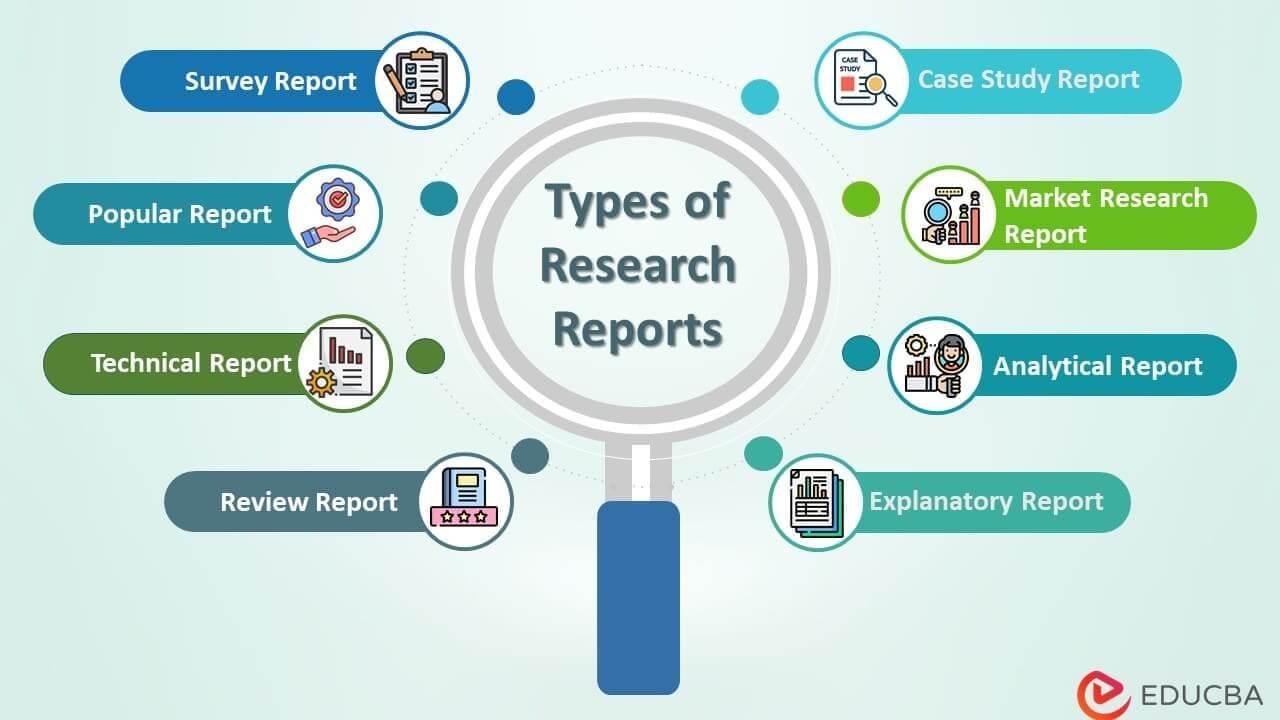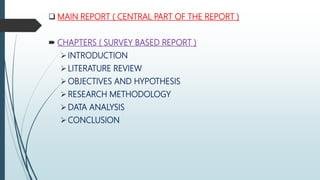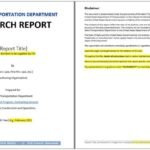how to write a research report sample

Writing a research report can be a meticulous task, yet it’s an essential skill for anyone engaged in systematic investigation. Whether you are a budding researcher or an experienced scholar, mastering the art of crafting a compelling research report is crucial for presenting your findings clearly and effectively. A well-structured report does not merely convey data; it tells a story of discovery, analysis, and interpretation of the information you have gathered. In this article, we will guide you through the process of writing an effective research report, complete with samples and best practices. From understanding the key components to employing the right scientific language, you’ll find everything you need to create a report that is not only informative but also engaging for your audience. Embrace the journey of transforming your research into a polished document; let’s dive into the intricacies of research report writing and unlock the potential of your findings.
Understanding the Structure of a Research Report
Crafting a research report involves a systematic arrangement of key components that collectively convey your findings and analyses. Typically, a research report consists of several essential sections, including the Abstract, which provides a succinct summary of the study, and the Introduction, where the research question and objectives are clearly outlined. Subsequent sections comprise the Methodology, detailing the research design and analytical methods used, and the Results, which present the data collected in a clear and concise manner. Each section plays a pivotal role in ensuring that readers can follow your logic and understand the rationale behind your conclusions.
To facilitate a coherent reading experience, it is crucial to employ a consistent structure throughout the document. This includes the Discussion section, where findings are interpreted and implications are addressed, followed by the Conclusion, summarizing the research insights. Additionally, including a References list is essential for crediting sources and providing avenues for further inquiry. Below is a simplified table that delineates the common components of a research report:
| Section | Description |
|---|---|
| Abstract | A brief summary of the research. |
| Introduction | Background and purpose of the study. |
| Methodology | Detailed approach and techniques used. |
| Results | Findings presented without interpretation. |
| Discussion | Analysis and implications of the results. |
| Conclusion | Final thoughts and recommendations. |
| References | Sources cited throughout the report. |

Mastering Effective Research and Data Collection Techniques
html
In the realm of research, employing effective data collection techniques is crucial for producing credible and insightful reports. To start, it is essential to define your research problem clearly, as this informs the entire data collection process. Consider utilizing qualitative methods, such as interviews and focus groups, alongside quantitative methods like surveys and experiments. Each method has its strengths; qualitative techniques offer depth of understanding, while quantitative methods provide measurable data. Here’s a quick list of data collection methods to consider:
- Surveys - Systematic questions that quantify respondents' views.
- Interviews - In-depth discussions that explore complex issues.
- Observation - Collecting data through direct observation of subjects.
- Case Studies - Detailed investigations into specific instances.
After selecting the appropriate methods, the next step is ensuring the reliability and validity of your data. This involves choosing representative samples and using established measurement tools. Moreover, documenting your data collection process meticulously serves a dual purpose: it enhances transparency and aids in replicating the study. Consider summarizing your findings in a straightforward table to present your most significant results effectively:
Method
Purpose
Type
Survey
Public opinion insights
Quantitative
Interview
Deep insights on personal experiences
Qualitative
Observation
Behavioral patterns in real-time
Qualitative
Case Study
In-depth analysis of a specific instance
Qualitative

Crafting Compelling Narratives and Clear Conclusions
To effectively communicate the findings of your research, it is essential to weave together compelling narratives that engage the reader while presenting your data in an accessible manner. Start by ensuring that each section of your report flows logically from one point to the next. You might consider using the following techniques:
- Introduce key themes early on to set expectations.
- Use anecdotes or case studies to illustrate complex ideas.
- Employ clear transitions to guide readers through your arguments.
As you draw towards the conclusion, reiterate your primary findings and emphasize their implications. Aim to distill insights in a manner that resonates with your audience, leaving them with a clear takeaway. An effective conclusion might be structured as follows:
| Key Finding | Implication |
|---|---|
| Strong correlation between study variables | Impacts future research directions |
| Identified gaps in current methodologies | Encourages development of new approaches |
| Positive participant feedback on intervention | Validates program effectiveness for broader application |

Polishing Your Work: The Importance of Revision and Feedback
When crafting a research report, the journey doesn’t finish once you’ve penned down your ideas; it’s only just begun. The key to transforming a rough draft into a polished report lies in the process of revision and feedback. As you revisit your work, consider these steps:
- Review Structure: Ensure that your report flows logically, guiding the reader through your arguments smoothly.
- Edit for Clarity: Simplify complex sentences, remove jargon, and strive for precision in your language.
- Fact-Check: Verify that all data and references are accurate and appropriately cited.
- Acutely Listen to Feedback: Seek constructive criticism from peers or mentors; their insights can illuminate blind spots in your writing.
Moreover, engaging actively with feedback not only enhances the quality of your work but also enriches your own understanding. Consider setting up a feedback table to track suggestions and revisions, which can be an excellent way of organizing thoughts and changes. Create columns such as “Feedback Source,” “Comment,” and “Action Taken”, like so:
| Feedback Source | Comment | Action Taken |
|---|---|---|
| Peer Review | Clarify methodology section | Added details and explanations |
| Advisor | Check statistical analysis | Re-evaluated and revised data interpretation |
Future Outlook
mastering the art of writing a research report is not merely a skill but a gateway to effective communication in the world of academia and beyond. As we’ve explored, a well-structured report combines clarity, coherence, and scientific rigor, allowing your findings to resonate with your audience. By adhering to the fundamental elements of a research report—such as an engaging introduction, detailed methodology, insightful results, and thoughtful discussion—you can craft a narrative that not only presents your research but also encourages further exploration and inquiry.
Remember, the key lies in simplicity and precision; your report should invite readers into your research journey rather than overwhelm them with jargon or convoluted explanations. With practice and attention to structure, your reporting can illuminate the significance of your work, paving the way for impactful contributions to your field. So, grab your notes and begin the writing process with confidence—your insights are worth sharing. As you embark on this endeavor, may each report you write serve as a testament to your dedication and passion for discovery. Happy writing!




